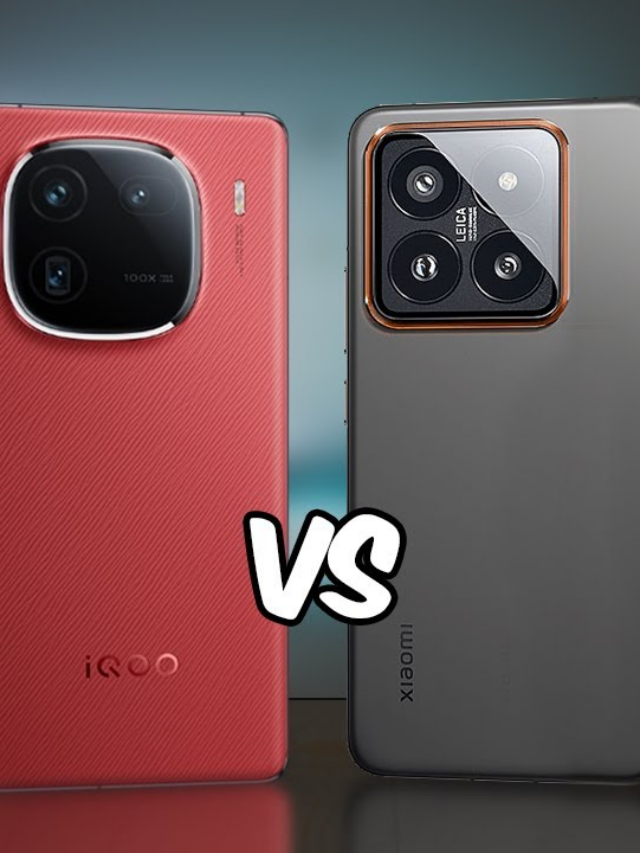
Study: Engineered White Blood Cells Can Eliminate Cancer
In order to eradicate solid tumours, researchers have silenced a molecular pathway in a class of white blood cells known as macrophages, which keeps them from attacking our own cells.
Treatment for cancers that manifest as solid tumours, such as those of the skin, brain, or breast, is particularly challenging. Surgery is frequently a patient’s first line of defence when battling solid tumours.
Surgery may not completely eliminate all cancerous cells, and any that are left behind can mutate and spread to other parts of the body.
The novel strategy, which was published in the journal Nature Biomedical Engineering, not only gets rid of cancerous cells but also trains the immune system to identify and eliminate them in the future.
It is difficult to design molecules that can enter these masses because of the physical characteristics of a solid tumour, according to Dennis Discher, a professor at the University of Pennsylvania in the US.
“Instead of creating a new molecule to do the job, we propose using cells that ‘eat’ invaders-macrophages,” Discher said.
A type of white blood cell called a macrophage quickly engulfs and kills invaders like bacteria, viruses, and even implants to eliminate them from the body.
The innate immune response of a macrophage teaches our bodies to remember and combat foreign cells in the future. The development of a kind of cancer vaccine depends on this learned immunity. A macrophage, however, cannot attack something it cannot see.
“Macrophages recognise cancer cells as part of the body, not invaders,” said the University of Pennsylvania postdoctoral fellow Larry Dooling.
“To allow these white blood cells to see and attack cancer cells, we had to investigate the molecular pathway that controls cell-to-cell communication. Turning off this pathway-a checkpoint interaction between a protein called SIRPa on the macrophage and the CD47 protein found on all ‘self’ cells-was the key to creating this therapy,” Dooling said.
The test subjects for the engineered macrophages were “tumoroids,” vast numbers of mouse melanoma cells gathered in culture plates. Together, the macrophages gathered around the cancer cells, dissected them, and gradually eliminated the tumour.
When tested, the engineered cells were able to eliminate tumours in 80 per cent of mice. Tumour elimination triggered an adaptive immune response. Weeks later, the anti-cancer immunoglobulin G antibody increased, the researchers said.
According to the researchers, the engineered macrophage therapy is most effective when used in conjunction with current antibody therapy. They also speculated that in the future, patients may be able to rely on these cells to treat solid tumours and the need for additional therapies.
Macrophage therapy may be the key to a cancer vaccine, destroying cancer cells and teaching the body to destroy emerging cancer cells in the future-a gamechanger in the fight against cancer, they added.
Also read: Hubble Photographed Jellyfish Galaxy 700 Million Light-Years Away
To read more such news, download Bharat Express news apps






































